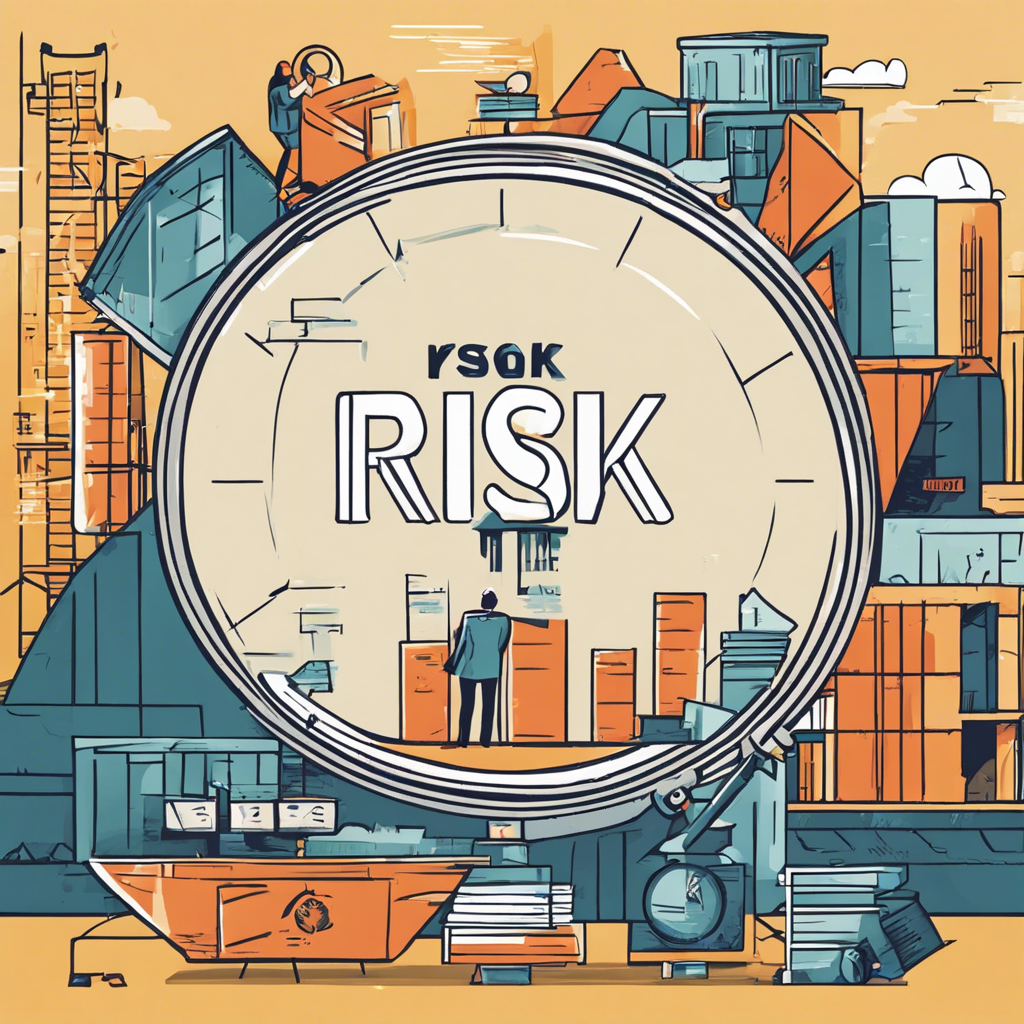Understanding and managing risk is fundamental to successful investing, yet it remains a complex and often misunderstood concept. Investors, especially those new to the game, often grapple with the question: how much risk should I take? The journey towards financial prosperity is paved with various investment options, and navigating this landscape requires a nuanced understanding of risk.
Risk in investing refers to the possibility of losing some or all of your original investment. It’s a double-edged sword; while it can lead to significant losses, it also offers the potential for substantial gains. The key lies in finding the right balance. This balance is unique to each individual and depends on factors such as your financial goals, investment horizon, and personal risk tolerance.
For instance, a young professional starting their investment journey might be more inclined to take on higher-risk investments. Their longer investment timeframe allows them to ride out market volatility, aiming for substantial returns over time. On the other hand, someone closer to retirement may prefer a more conservative approach, focusing on preserving capital and generating steady income.
The art of successful investing is not about avoiding risk altogether but in strategically managing it. Diversification is a powerful tool in this regard. By spreading your investments across different asset classes, industries, and geographic regions, you minimize the impact of any single investment’s performance on your overall portfolio. This strategy ensures that potential losses in one area are balanced by gains in another.
It’s crucial to remember that higher risk does not always equate to higher returns. Some of the most successful investors in history have focused on understanding and managing risk, rather than simply seeking out the most volatile investments. Warren Buffett, for instance, is known for his value investing strategy, which involves thorough research and a long-term perspective, rather than speculative, high-risk bets.
When considering risk in investing, it’s essential to have a comprehensive understanding of your financial situation and goals. This includes evaluating your income, expenses, savings, and investment objectives. For instance, if you’re investing for a specific goal, such as buying a home or funding your child’s education, your risk tolerance might be different than if you’re investing for general wealth accumulation.
Numerous online tools and risk assessment questionnaires can help you gauge your personal risk tolerance. These tools provide a starting point for understanding your comfort level with risk and can guide your investment decisions.
In conclusion, understanding risk in investing is about embracing a journey of self-awareness and financial education. It’s not about avoiding risk but about harnessing it to achieve your financial goals. Whether you’re a seasoned investor or just starting, the key is to continually educate yourself, seek advice when needed, and regularly review and adjust your investment strategy to ensure it remains aligned with your risk tolerance and financial objectives. The world of investing is both exciting and rewarding, but only when approached with a sound understanding and management of risk.
